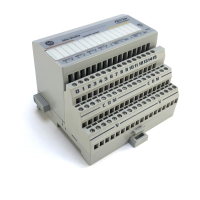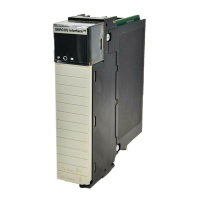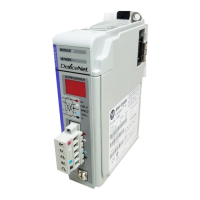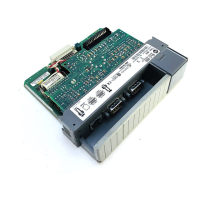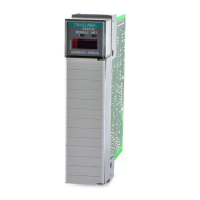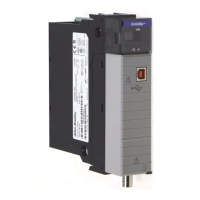Chapter 5
Programming Via Escape Sequences
5–4
All alpha characters, with exception of the last one in the string, must be
lower case. The last alpha character must be upper case. Typically, the last
character will be Z because you need to save your new configuration. The
following escape sequences may be concatenated in any order.
Esc – y <n> B Good Read Beep Tone
Esc – y <n> C Speaker/LED Control
Esc – y <n> D Intercharacter Delay Time
Esc – y <n> F Code Selection
Esc – y <n> G Check Characters
Esc – y <n> H Decoding Options
Esc – y <n> J Single Read Mode
Esc – y <n> K Enable Next Read
Esc – y <n> M Interleaved 2 of 5 Message Length
Esc – y <n> Q Code ID Character Transmission
Esc – y <n> R Laser Scanning Options
Esc – y <n> S Show Configuration
Esc – y <n> T Pulse Speaker
Esc – y <n> U Minimum and Maximum Length Checking
Esc – y <n> V Laser Shutoff Delay
Esc – y <n> W Disable Decoding
Esc – y <n> X XON / XOFF Pacing
Esc – y <n> Z Configuration Control
Although the ESC – y <n> Z escape sequence can be anywhere in a
concatenated sequence, when <n> = 5, the 5 Z, in most cases, must be the
last character in the string. This is because when the decoder receives the 5
Z the current configuration status is saved in the EEPROM. If any
configuration changes occur after the 5 Z, they will not be saved.
The exception to the above rule is the following escape sequence that may be
concatenated, but must be the last escape sequence in the string. This is
because the decoder will change the serial port to the new configuration
immediately after the receipt of this command.
Esc – y <n> P Serial Port Configuration
Concetenation Rules

